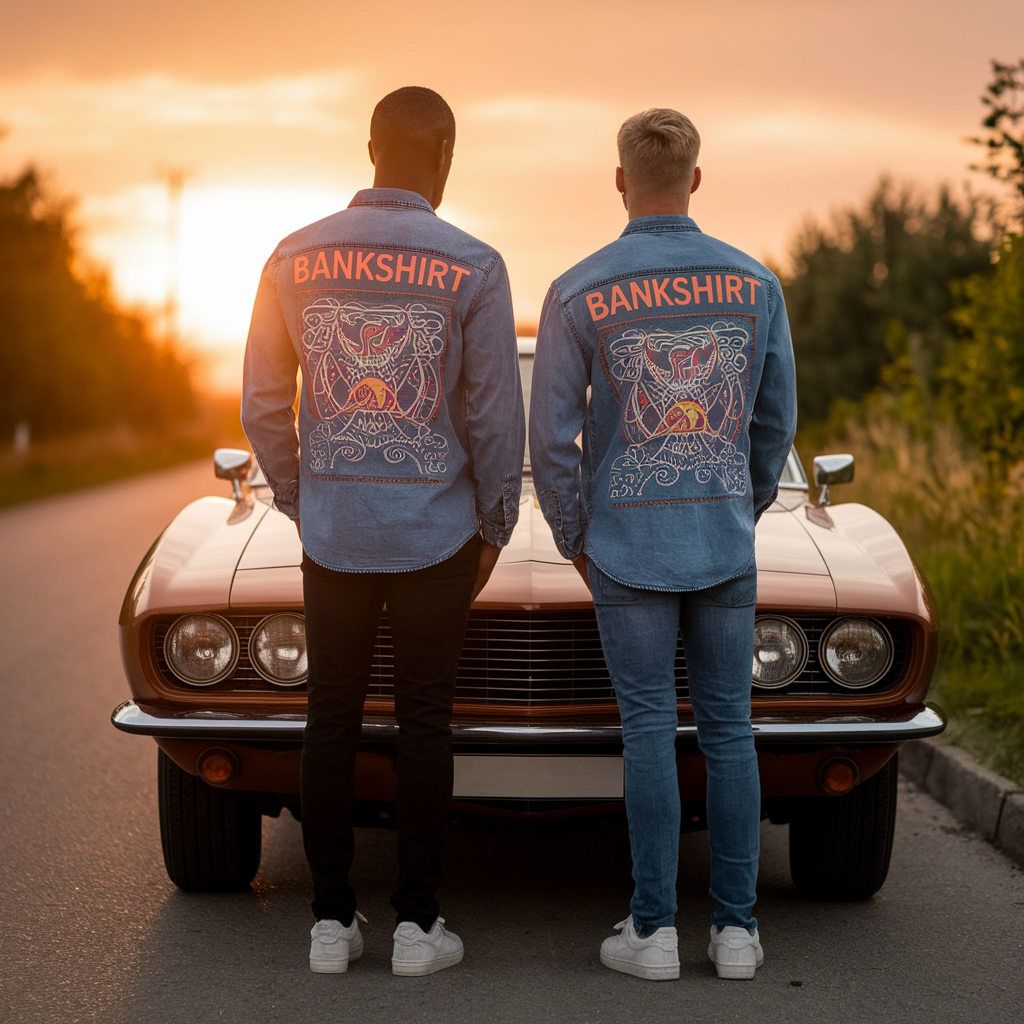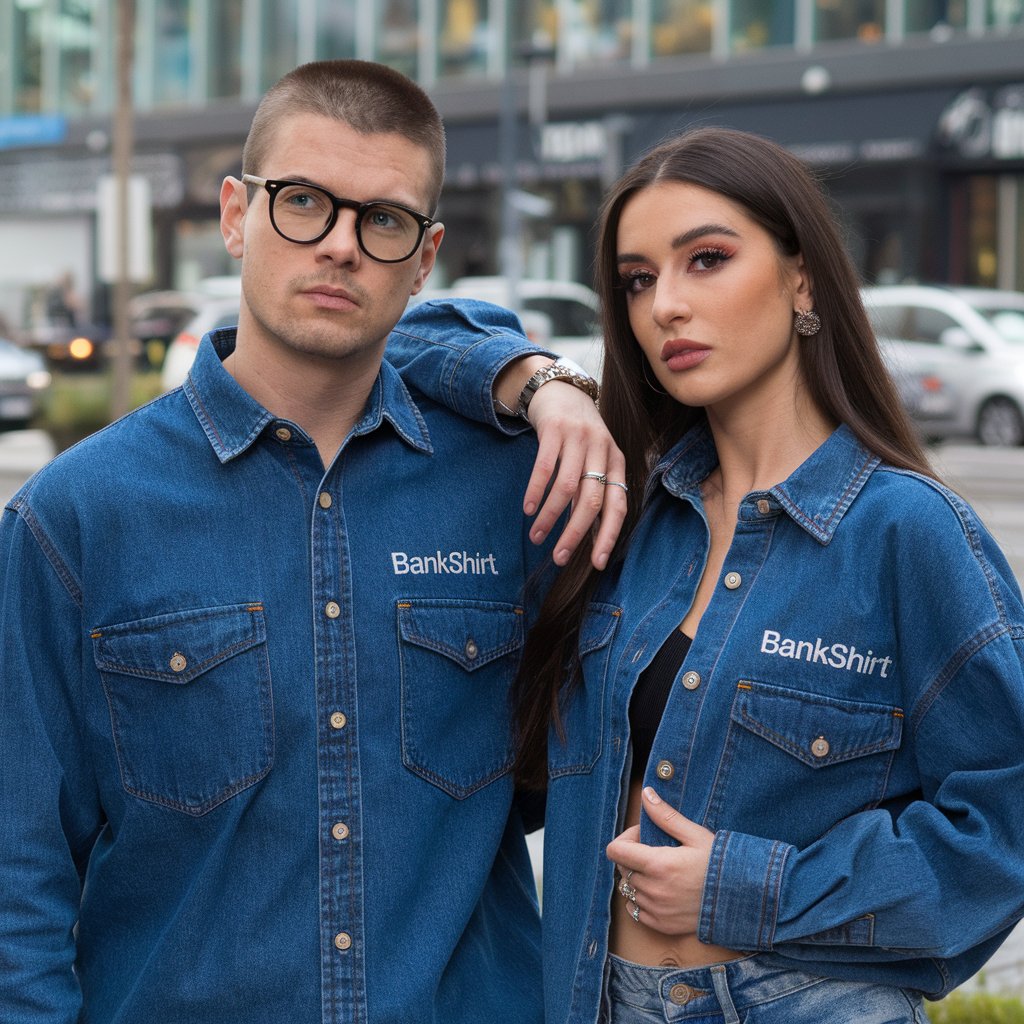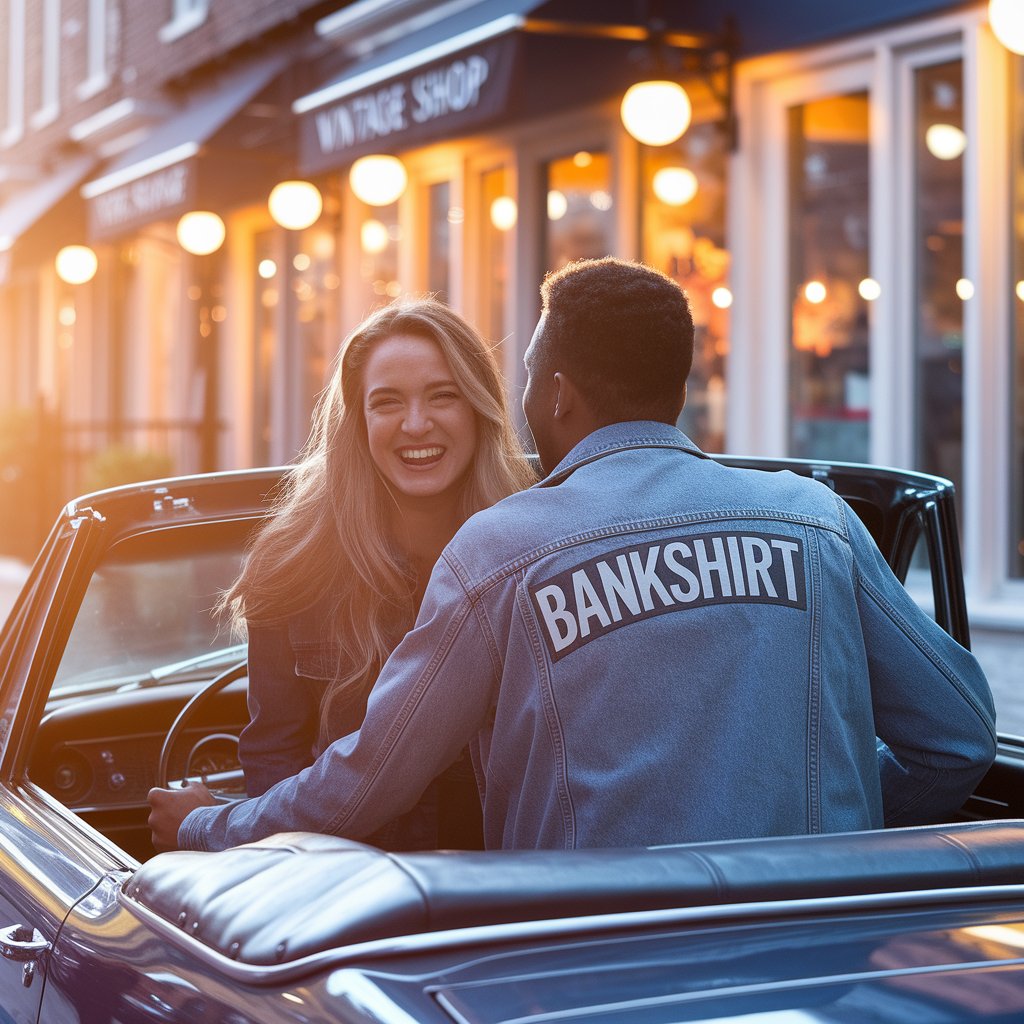
From Classic to Trendy: The Evolution of Denim Fashion
The Origins of Denim: A Fabric Born for Durability
Denim has humble beginnings, tracing back to the late 19th century when it was designed as a sturdy fabric for workers. Originating in Nîmes, France, and later popularized in the United States, denim quickly gained traction for its durability and resilience. Initially used for workwear, particularly among miners and laborers, the fabric was woven with a twill technique that gave it remarkable strength. The introduction of riveted jeans by Levi Strauss in the 1870s further reinforced denim’s practicality, securing its place in the history of fashion.
Denim in the Early 20th Century: Functional and Rugged
As industrialization expanded, so did denim’s reach. The early 1900s saw denim continuing to be the fabric of choice for laborers and cowboys, particularly in the American West. During World War II, denim played a crucial role as part of utility clothing for factory workers. The association with hard work, resilience, and reliability made denim an indispensable garment during this era.
The 1950s: Denim Enters Pop Culture
The post-war period brought significant cultural shifts, and denim began to break out of its workwear mold. Hollywood icons like James Dean and Marlon Brando popularized denim jeans in movies such as Rebel Without a Cause, making them symbols of youthful rebellion. Teenagers adopted denim as a representation of nonconformity, challenging societal norms and introducing it to mainstream fashion. It was during this time that denim became synonymous with individuality and self-expression.
The 1960s and 1970s: The Rise of Counterculture and Experimental Styles
The countercultural movements of the 1960s and 1970s saw denim evolve beyond its rugged roots. The hippie movement embraced denim as a canvas for self-expression, leading to the popularity of embroidered jeans, patchwork designs, and bell-bottom styles. Protesters, musicians, and artists wore denim to symbolize equality and freedom, reinforcing its status as a fashion staple. During this time, designers also began experimenting with different cuts and washes, further diversifying denim’s appeal.
The 1980s: The Era of Designer Denim
Denim took a glamorous turn in the 1980s, with the rise of designer jeans. Brands like Calvin Klein, Guess, and Jordache elevated denim from a casual fabric to a high-fashion essential. Acid-wash jeans, high-waisted cuts, and bold embellishments became defining trends of the decade. Advertising campaigns capitalized on denim’s sensuality, making it a must-have for fashion-conscious individuals. The 1980s solidified denim’s versatility, proving that it could be both casual and chic.
The 1990s: Relaxed Fits and Grunge Aesthetic
As fashion trends shifted, the 1990s introduced a more relaxed approach to denim. Oversized jeans, baggy fits, and distressed styles became prominent, influenced by the rise of hip-hop and grunge culture. Icons like Kurt Cobain and Tupac Shakur redefined denim fashion, favoring ripped and worn-out jeans as part of their signature looks. Denim overalls, mom jeans, and denim jackets also surged in popularity, showcasing the fabric’s adaptability across different subcultures.
The 2000s: Low-Rise Jeans and Denim Revival
The early 2000s brought a dramatic shift in denim trends, with low-rise jeans dominating the fashion scene. Celebrities like Britney Spears and Paris Hilton popularized ultra-low waistlines, often paired with crop tops and statement belts. Denim also saw experimentation with bedazzled embellishments, colorful stitching, and unique cuts. However, as the decade progressed, a shift towards skinny jeans began, paving the way for a more streamlined denim aesthetic.
The 2010s: The Age of Sustainable and Vintage Denim
The 2010s marked a significant change in the way denim was perceived, with sustainability becoming a key focus. Consumers became more conscious of ethical production methods, leading brands to adopt eco-friendly practices such as water-saving techniques and recycled materials. Vintage-inspired denim also made a resurgence, with mom jeans, high-waisted styles, and raw denim gaining popularity. Distressed and ripped jeans remained a staple, but the emphasis on comfort led to the rise of stretch denim and athleisure-inspired designs.
The 2020s and Beyond: A Blend of Tradition and Innovation
In the current era, denim continues to evolve, balancing classic styles with innovative trends. Baggy jeans, straight-leg cuts, and upcycled denim reflect the shift towards sustainable fashion. Advances in fabric technology have also introduced performance denim, designed for enhanced comfort and durability. Customization has become a major trend, with consumers seeking unique, one-of-a-kind denim pieces that reflect personal style.
How to Incorporate Denim into Modern Fashion
Denim remains a fashion essential that seamlessly transitions across different occasions. Whether styled casually with sneakers and a t-shirt or dressed up with a tailored blazer and boots, the versatility of denim is unparalleled. Investing in timeless pieces, such as a well-fitted denim jacket or classic blue jeans, ensures that your wardrobe remains effortlessly stylish.
The Timeless Appeal of Denim
Denim’s journey from workwear to high fashion is a testament to its enduring appeal. It has adapted to cultural shifts, embraced new technologies, and continuously reinvented itself while maintaining its core identity. Whether embracing vintage aesthetics or experimenting with contemporary designs, denim remains a symbol of individuality, resilience, and timeless style.
Conclusion
Denim has proven itself to be more than just a passing trend—it is a cultural phenomenon that has stood the test of time. From its early days as a rugged workwear fabric to its modern iterations in sustainable fashion, denim continues to evolve with the changing needs and preferences of consumers. Its ability to seamlessly blend tradition with innovation ensures that denim will always have a place in the world of fashion. No matter the decade, denim remains an iconic staple, adaptable to any style or occasion. As trends come and go, denim remains a true classic, embodying durability, versatility, and timeless appeal.


